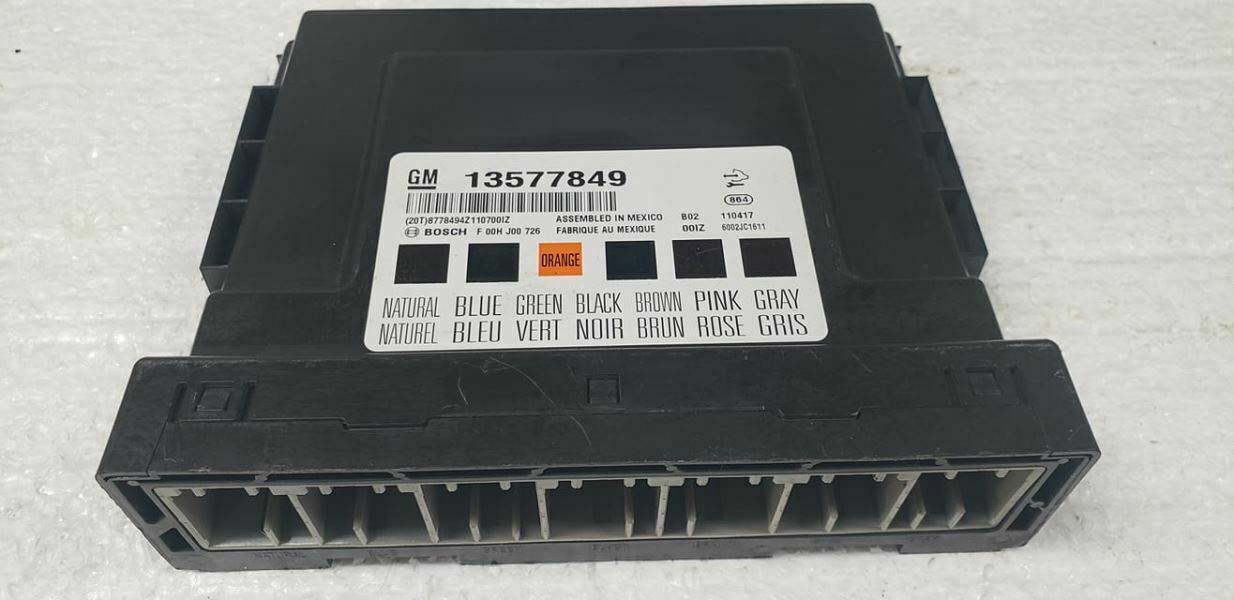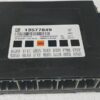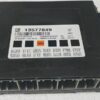Is Your Cadillac SRX Acting Possessed? We Have the Solution.
Are you dealing with a cascade of frustrating electrical issues in your vehicle? Flickering lights, malfunctioning power windows, a security system that has a mind of its own, or dashboard warnings that appear randomly? These aren’t just annoyances; they’re classic signs of a failing Body Control Module (BCM). Instead of facing an expensive and time-consuming trip to the dealership, our pre-programmed 2010 Cadillac SRX BCM replacement service offers a direct, reliable, and cost-effective fix to restore order and get your luxury crossover back to perfect working condition.
Common Symptoms & Your Solution
A faulty BCM can disrupt your vehicle’s entire electronic ecosystem. If you’re experiencing any of the following, this module is the definitive solution you’ve been looking for:
- Erratic or non-working power windows, door locks, and interior/exterior lights
- Instrument cluster gauges behaving strangely or not working at all
- Security system faults or the engine failing to start
- HVAC (Climate Control) system malfunctions
- Diagnostic Trouble Codes (DTCs) related to communication errors (U-codes) or specific body functions
Our professional cloning service eliminates the guesswork. We transfer the critical data—including the VIN, mileage, and vehicle-specific options—from your original BCM to this fully tested replacement unit. This means the module that arrives at your door is a true plug-and-play solution, specifically configured for your SRX.
Features & Benefits
- ✔ No Dealership Visit Required: This BCM arrives pre-programmed with your vehicle’s unique data. Simply install it and you’re ready to go, saving you hundreds in dealer programming fees.
- ✔ Guaranteed Compatibility: By cloning your original module, we ensure a perfect match for your vehicle’s options and security system, preventing frustrating compatibility issues.
- ✔ Cost-Effective Reliability: Get a dependable, fully functional BCM at a fraction of the cost of a new module from the manufacturer.
- ✔ Simple Mail-In Process: After purchase, we provide clear instructions for shipping your original module to us. We handle the complex technical work and ship your plug-and-play replacement back promptly.
- ✔ This unit is backed by our one-year replacement warranty.
Expert Insight: Why Cloning is the Smart Choice
Many people consider buying a used BCM from a junkyard to save money, but this often leads to more problems. A used module from another vehicle contains the wrong VIN and security information, which will prevent your car from starting and cause numerous systems to fail. It would still require expensive dealership programming to even have a chance of working. Our cloning service bypasses this entirely. We treat your car’s original data like its unique DNA, precisely transferring it to a fully vetted and tested replacement module. This preserves all the factory settings and ensures every feature works exactly as it did when your SRX left the showroom. It’s the most reliable and intelligent path to a lasting repair.
Easy Installation & Post-Install Notes
The BCM is typically located on the left-hand (driver’s) side of the dashboard. Once you receive the programmed module from us, installation is as simple as disconnecting the battery, swapping the modules, and reconnecting the battery. While our 2010 Cadillac SRX BCM replacement is designed to be plug-and-play, some vehicles may require one or two simple recalibration procedures:
- Airbag System Sync: If the airbag warning light is on after installation, a professional scan tool is needed to perform the ‘Setup SDM Primary Key in BCM’ procedure. This syncs the new BCM with the airbag system.
- Brake Pedal Position Relearn: In some cases, a brake pedal position sensor recalibration may be needed to ensure proper brake light and traction control function.
These are standard procedures that any competent local repair shop can perform quickly if needed.
Frequently Asked Questions
How does the mail-in cloning process work?
It’s simple! After you place your order, we will contact you with detailed instructions and a shipping address. You send us your original BCM. Once we receive it, our technicians will read the essential data and program it onto the replacement unit. We then ship the plug-and-play replacement BCM back to you, typically within 1-2 business days.
Will this fix my specific electrical problems?
This module is the direct solution for issues caused by a failing BCM, such as problems with lights, locks, windows, and security systems. If you have scanned your vehicle and have communication codes (U-codes) or codes pointing to the BCM, this service is the correct repair. If you are unsure, we recommend having a professional technician diagnose the vehicle first.
Do I need to do any programming myself?
No. The main purpose of our service is to handle all the programming for you. The 2010 Cadillac SRX BCM replacement you receive will be fully programmed and ready for installation, requiring no further programming from a dealer.
How long does the entire service take?
The programming itself is fast. The total time depends on shipping. We complete our work and ship the programmed module back to you within 1-2 business days of receiving your original unit. We will send you tracking information as soon as it ships.
What if my airbag light comes on after installation?
This is a known possibility on some GM vehicles. It simply means the new BCM needs to be electronically ‘introduced’ to the airbag control module. A repair shop with a professional-grade scan tool can perform the ‘Setup SDM Primary Key in BCM’ procedure in a few minutes to resolve this.
Is this compatible with other part numbers?
Yes, this unit and service are direct replacements for a range of part numbers, including 13577850, 13505326, 13500384, 13574844, 13504004, 13504494, and 13578420, ensuring broad compatibility for your vehicle.


